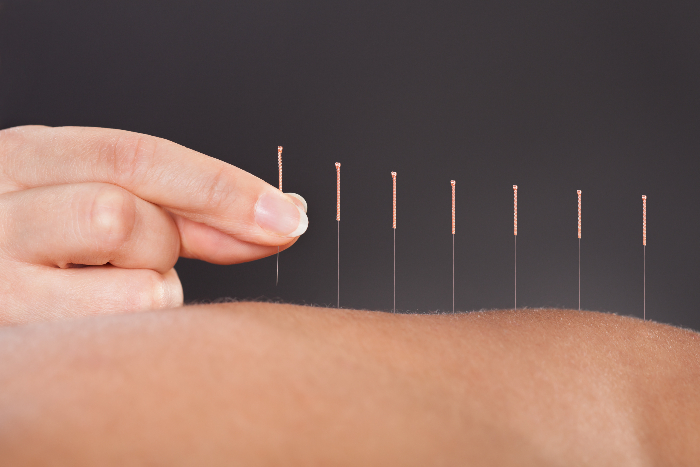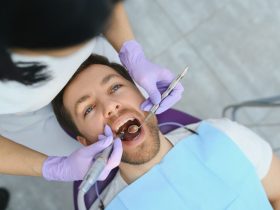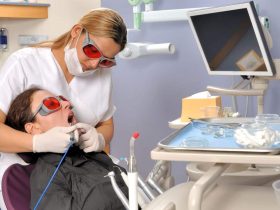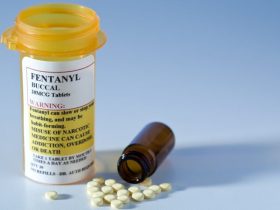Chronic pain, digestive problems, emotional ailments, and stress are just some of the illnesses that acupuncture has been used to treat for millennia. Acupuncture is probably nothing new to you; you probably know at least one person who has tried it. Nevertheless, you may not be aware that acupuncture has the potential to help kids as well. When administered by a trained professional, acupuncture can be a risk-free method of helping a kid cope with pain and anxiety.
You probably have a lot of questions if you’re thinking about trying acupuncture on your kid. This article will address some of the commonly asked questions regarding acupuncture treatments in kids.
Commonly Asked Questions Regarding Acupuncture Treatments in Kids.
Acupuncture is a traditional Chinese medicine (TCM) treatment that has been used for over 2,000 years. It involves inserting small needles into certain body sites to promote the flow of energy, or Qi, throughout the body. Acupuncture is a safe and effective therapy option for children, but parents should address any concerns or questions they may have before beginning treatment. These are frequently asked questions concerning pediatric acupuncture treatments:
- Is acupuncture safe for kids? Absolutely, when conducted by a professional and competent acupuncturist, acupuncture is typically safe for children. Acupuncture needles are extremely small and sterile, so the danger of infection or injury is negligible. Acupuncturists are also trained to deal with children and may use gentle approaches to make the treatment both pleasant and successful.
- What conditions can acupuncture address in children? Acupuncture can treat various illnesses in children, including asthma, digestive problems, allergies, anxiety, sleep difficulties, and depression.
- Will my kid experience pain throughout treatment? Acupuncture needles are quite tiny and typically characterized by a small prick or discomfort. Some kids may suffer little pain or tingling at the site of needle insertion, but the overall experience should be painless. Acupuncturists can also stimulate the acupuncture points using non-needle methods such as acupressure or gentle tapping.
- How long do acupuncture treatments last for kids? Children’s acupuncture sessions are often shorter than those for adults, lasting between 15 and 30 minutes. The length of the therapy session will be determined by the child’s age, condition, and individual demands.
- How can acupuncture help children? Acupuncture stimulates certain body points related to various organs and systems. This can aid in the balance of energy in the body and promote healing. Acupuncture can also help kids regulate their nervous systems and induce relaxation.
- Can acupuncture be used in conjunction with other treatments? Certainly, acupuncture can be used in conjunction with other therapies, including conventional medicine, to improve the overall health and well-being of the kid. Acupuncturists may collaborate with the child’s medical team to design a thorough treatment plan.
- Where can I locate a licensed acupuncturist for my child? When looking for an acupuncturist for your kid, make sure they are licensed, skilled, and trained to deal with children. You may get referrals from your child’s doctor or look for a registered acupuncturist via professional organizations like the National Certification Commission for Acupuncture and Oriental Medicine (NCCAOM). Before beginning treatment, you should also share any concerns or issues you may have with the acupuncturist.
Mirvana Acupuncture and Chinese Herbs is The Best Chinese Traditional Medicine Clinic in Houston.
Choose Mirvana Acupuncture and Chinese Herbs for safe and effective acupuncture therapy for your kid in Houston. Mirvacu, with its skilled and qualified acupuncturists, offers gentle and effective treatments for a wide variety of pediatric ailments. Our acupuncture procedures are safe and developed to let kids feel at ease throughout treatment. Call Mirvacu now to find out more about how acupuncture can improve your child’s health and well-being.










